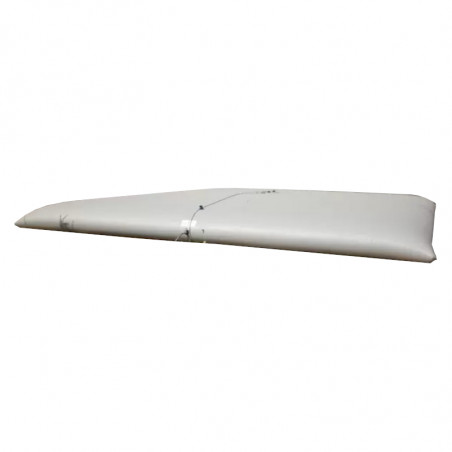Methods: The aim was to investigate the emissions from a pig house with a novel funnel slurry system with partial pit ventilation. Two experimental pig houses were designed for growing finishing pigs (30–110 kg body mass) and were fitted with two-thirds slatted floor and one-third solid floor. One had a funnel slurry system (with partial pit ventilation) and the other a standard slurry system with a 600 mm deep slurry pit beneath the slatted floor. During two periods (each 77 d) ammonia was measured continuously by cavity-ring-down spectroscopy, odorants were measured by proton-transfer-reaction mass spectrometry over a period of seven days in each period and methane was measured weekly by gas chromatography.
Results: Compared to a standard slurry system, the funnel slurry system could lower the emission of ammonia by 10–30%, odour by 10–40%, and methane by 65–70%. Over the two periods with 10% partial pit ventilation the funnel slurry system collected ∼50% of ammonia and ∼30% of odour. When partial ventilation was increased to 20 or 30% over 24 h periods in the first period, the collection efficiency increased to ∼80% for ammonia and 45–60% for odour without increasing emissions compared to a standard slurry system.

Conclusion: The funnel slurry system can lower emissions of both ammonia, odour and methane. Also, a substantial part of emitted ammonia and odour can be collected in partial pit ventilation for further treatment in an air cleaner.
Hansen MJ, Guldberg LB, Feilberg A. Effect of slurry funnels with partial pit ventilation on emissions from pig houses. Biosystems Engineering. 2023; 229: 200-208. https://doi.org/10.1016/j.biosystemseng.2023.03.021.




